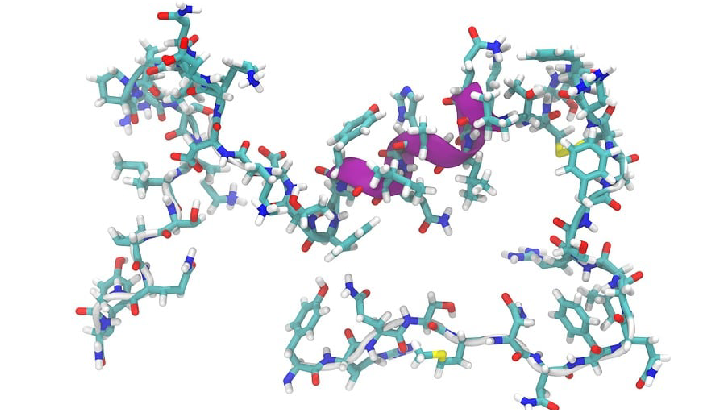Leukemia is a condition that is by and large described as a cancer of blood forming tissues or the blood cancer. Generally, leukemia is grouped as either Myelocytes or Lymphocytes i.e. according to the blood cell that is usually affected or even how quickly the disease is developed and classified as acute or chronic. There are four main types of leukemia
- Chronic Lymphocytic Leukemia (CLL)
- Acute Lymphoblastic Leukemia (ALL)
- Acute Myeloid Leukemia (AML)
- Chronic Myeloid Leukemia (CML)
What Causes Leukemia?
Medically, the real cause(s) of leukemia is not known. Research has shown that there are risk factors such as being exposed to certain chemicals e.g. benzene, radiation, smoking or being exposed to other forms of cancer treatment(s) can cause leukemia. Certain genetic conditions increase the risk. Various syndromes like Li-Fraumeni syndrome and Down syndrome among many other medical conditions increase the risk of leukemia.
Symptoms of Leukemia
The most common symptoms of both acute and chronic leukemia include
- feeling pain in the joints and bones
- You feel weak and tired
- You can bruise and bleed relatively quickly
- Having high fevers as well as night sweats
- One may notice swelling on his/her abdomen or general discomfort of the abdomen
- Frequent infections as well as bloated lymph nodes that don’t hurt
- Weight loss is also a symptom
Can Leukemia Be Detected In A Blood Test?
If the results of the physical test and the symptoms point to a need for further tests, one is subjected to blood and bone marrow tests to confirm the diagnosis. They are two main blood tests for leukemia.
1. The Complete Blood Cell Counts (C.B.C) Test
There is the Peripheral Blood Smear test that is popularly known as the Complete Blood Count and Blood Cell tests (CBC). This is the test that does measure the different types of cells in the blood such as the platelets, the white blood cells, and the red blood cells. This test also focuses on the differential that is found on the number of different kind of the white blood cells.
Typically a sample of blood is looked at under the microscope and if the test is positive you will see the abnormal lymphocytes cells that are referred to as smudge cells. In most cases, people with CLL have way too many lymphocytes. Hence a condition that is known as Lymphocytosis. It can also be ascertained if there is the presence of more than 10,000 lymphocytes per a cubic millimeter of blood.
2. Flow Cytometry Test
The flow cytometry test is a test that involves the use of a machine to look for certain markers or substances in cells that help identify their types. The CD-5 in a normal T-cell should be at least 5,000 cells per mm3 of blood. The nonstandard number of the blood cells may imply diagnosis in leukemia.
This test can be handy in identifying lymphocytes in a blood test containing CLL cells. It can also be handy in looking for CLL cells in fluids and in bone marrow samples. The flow cytometry test is also mainly used to test other substances such as the CD-38 as well as ZAP-70. It has been established that CLL cases with fewer cells containing these substances have a much better medical outlook.
Getting Bone Marrow Samples for Leukemia Tests
Bone marrow is generally used to tell how advanced CLL is. Tests are often done before the beginning of any kind of treatment as well as after the end of any kind of treatment. Bone marrow biopsy and bone marrow aspirations are done as one as part of the same procedure. The test is done so as to get the bone marrow sample for testing. The samples may be obtained from the pelvic hip bone or in some special cases other bones.
1. The Bone Marrow Aspirate Procedure
The procedure begins with a bone marrow aspirate whereby the patient lies on a table on his/her belly or lies in a side. A long thin needle is usually used to extract a sample of the bone marrow from the pelvic bone. Local anesthesia gives a brief burning or stinging sensation. However anesthetic does not guarantee any relief as most people complain of bouts of pain after the bone marrow has been removed.
2. The Bone Marrow Biopsy Procedure
For a bone marrow biopsy that is normally conducted after a bone marrow aspirate is done, a piece of bone and marrow about ½ inch long and 1/16 inch in diameter. This is done by inserting a thick hollow needle into the pelvic bone in order to extract a sample of the marrow. Under local anesthetic, the procedure is not painful but causes a feeling of tugging. Once the process is done, the pressure is applied on the spot in order to prevent bleeding.
Other Blood Tests for Leukemia
In most of the cases, other blood or general tests are done in order to determine various circumstances. For instance, chest x-rays may be useful to determine if the patient has enlarged lymph nodes. A lumbar puncture may be used to know whether leukemia cells have inflamed the spinal cord as well as the membrane that surrounds the brain. Other tests may also determine whether treatment is needed to correct the levels of certain minerals in the blood.
Medically Reviewed By

Professionally, a trained Microbiologist and Plant operator, Eustace is an experienced health content writer who is passionate about helping people lead a healthy life.









